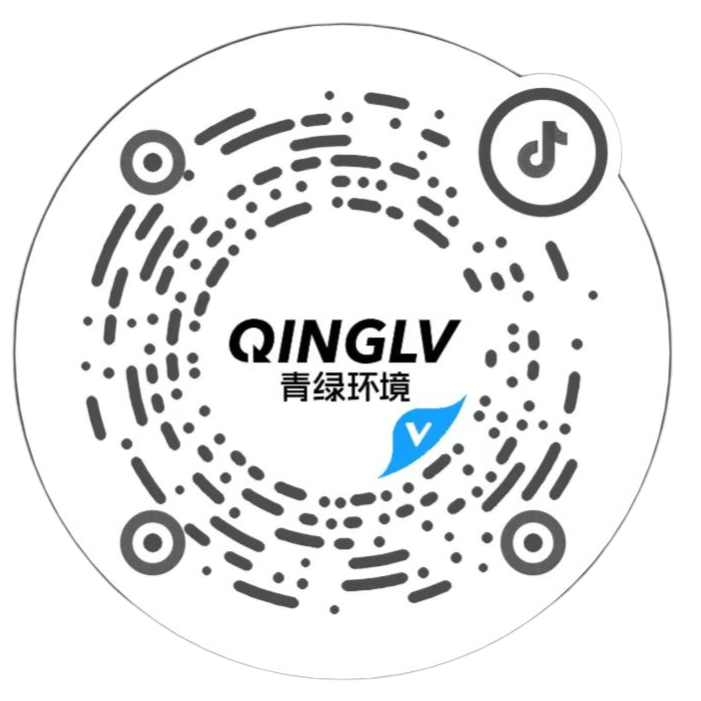 Time:2025-05-08
Time:2025-05-08
 Source:青绿环境
Source:青绿环境
With the continuous advancement of urban domestic waste classification policies in our country, waste classification has become an important measure to promote green development and achieve the construction of ecological civilization. In this process, the role of sorting centers, as a key link connecting the front-end collection of waste and the back-end resource and energy treatment, is increasingly prominent. Efficient sorting technology not only improves the refinement level of waste treatment but also provides a stable and reliable raw material basis for subsequent resource utilization.

Firstly, sorting centers play a pivotal role in the waste classification system, bridging the gap between upstream and downstream processes. Traditional waste treatment methods often rely mainly on landfilling or incineration, which have low resource utilization rates and can easily cause environmental pollution. Modern sorting centers, by introducing automated and intelligent sorting equipment such as air sorting, magnetic sorting, and optical sorting, have achieved efficient classification of mixed waste. This not only increases the purity of recyclables but also reduces the cost and difficulty of subsequent treatment.
Secondly, sorting centers provide significant support for resource utilization. Through meticulous sorting, recyclables such as plastics, metals, glass, and paper can be effectively separated and channeled into the recycling system, forming a closed loop of “turning waste into treasure.” Meanwhile, after pre-treatment through sorting, kitchen waste can be used for anaerobic fermentation to produce biogas or composting, achieving the reuse of organic resources. For other waste that is difficult to recycle, energy conversion can be realized through waste-to-energy incineration, maximizing its potential value.
Moreover, the construction and operation of sorting centers have also promoted the extension and improvement of the industrial chain. From equipment manufacturing to operation management, from logistics transportation to the sale of recycled products, sorting centers have driven the development of multiple related industries, created a large number of job opportunities, and propelled the construction of a circular economy system.
However, sorting centers in our country still face many challenges at present, such as uneven facility layout, uneven technical levels, and an imperfect operation mechanism. Therefore, in the future, there should be increased policy support to promote the standardized and intelligent development of sorting centers, and to improve the overall operational efficiency and environmental protection level.
As a core node in the urban domestic waste classification system, sorting centers play an irreplaceable role in promoting the reduction, resource utilization, and harmless treatment of waste. Only by continuously improving the sorting system and optimizing resource allocation can we truly realize the concept that “waste is a resource placed in the wrong place,” and help achieve China’s green and low-carbon development goals.













 Prev
Prev











